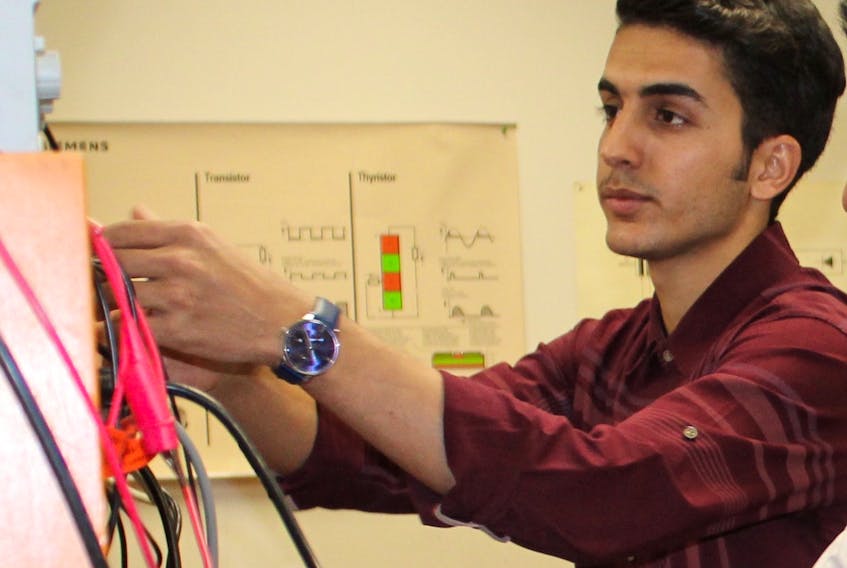ST. JOHN'S, N.L. — Juanita Mercer
The Telegram
@juanitamercer_
Concerns about the distance an electric vehicle (EV) can travel on a single charge prevent some buyers from considering EVs, but new research at Memorial University could address that problem.
Memorial engineering professor Anand Sharan said EV range — the distance the car can travel on a single charge — is further affected by this province’s cold temperatures because a battery’s charge-holding capacity decreases in cold weather.
As well, he said, EVs use the car’s battery both for driving and for heating the cab, putting a lot of load on the battery.
“We can improve the distance a car goes by recovering the lost energy in the car,” explained Mohammad Zamanlou, an electrical engineering master's student who worked with Sharan on the research, which was published in May in the International Journal of Engineering and Applied Sciences.
The lost energy he refers to is recovered from the car’s braking system.
Zamanlou said current EVs try to regenerate that energy by sending it back to the battery to be stored, but a battery can only hold so much energy.
What Sharan and Zamanlou have done is add a heating resistor to the circuit, so excess energy can be directed either back to the battery if there’s space or to the resistor, where it can be converted into heat.
“That much energy cannot be stored in the battery, but a resistor, whatever energy you give to the resistor, it will consume it and convert it to heat,” said Zamanlou.
The heat can be used to either heat the interior of the car or heat the battery to increase its charge-holding capacity.
“With the same energy, (the car) goes farther distances,” he said.
Sharan said this method can be applied right away in the automotive sector.
“The range is a limiting factor to electric cars, and they haven’t used this kind of concept. If the car companies use it in their manufacturing, then the range will increase,” said Sharan.
Zamanlou said he hopes companies use their research findings, making electric cars a more desirable option, especially for people living in colder climates.
“There are many companies working in this area, so they can start using our system and take the advantages of the system. I believe this will advance their work and their products.”









